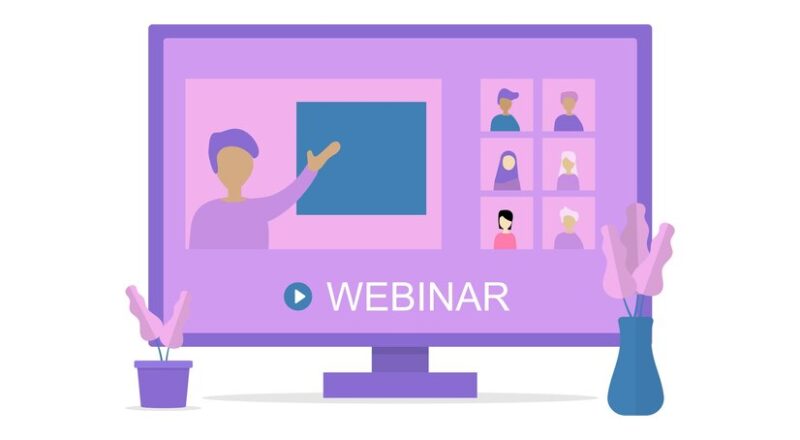As virtual communication takes precedence specially after the Covid pandemic, webinar presentations have become a pivotal medium for expressing ideas, opinions, and stories. Whether you find yourself in a corporate boardroom, a university lecture hall, or even launching your own business, the ability to deliver an impactful webinar presentation is a skill that transcends boundaries.
Webinar presentations aren’t confined to business conferences and academic discussions alone. In today’s interconnected world, universities, reputable companies, and aspiring entrepreneurs leverage webinars to disseminate information and foster engagement. The skills required to conduct an effective webinar presentation are now essential for individuals from all walks of life.
Unveiling the Core Skills
Effective Body Language: In a virtual setting, where direct visual cues are absent, body language takes centre stage. Engage your audience through subtle facial gestures, controlled hand movements, and strategic eye contact. Maintaining an active and dynamic posture prevents monotony, ensuring your audience remains captivated throughout the presentation.
Example: Imagine you’re narrating a travel experience. Let your excitement reflect in your expressions and gestures, transporting your audience to the picturesque locations you’re describing.
Dress Sense: While there might not be a universal dress code for all webinars, adhering to a formal attire standard exudes professionalism. Pay attention to your clothing choices, avoiding flashy outfits or distracting accessories. A polished appearance not only conveys seriousness but also enhances your overall presentation.
Example: If you’re hosting a business-related webinar, consider dressing as you would for an important meeting in your industry.
Communication Skills: The bedrock of any impactful presentation is effective communication. Ensure clarity, coherence, and relevance in your speech. A well articulated message is crucial for keeping your audience engaged, considering the limited visual cues available in a webinar setting.
Example: If you’re presenting data or statistics, break down complex information into digestible segments, ensuring your audience can follow your narrative effortlessly.
Confidence: Confidence acts as the invisible thread weaving through a successful webinar presentation. A confident demeanor resonates through your voice and body language, captivating your audience. However, striking the right balance between confidence and humility is key to maintaining audience interest.
Example: Even if you encounter technical glitches, maintain composure and address them with a calm and confident demeanor.
Create Attractive Slides: Crafting visually appealing slides is an art in itself. Opt for simplicity, incorporating images and short videos to elucidate concepts. Steer clear of text heavy slides, as statistics indicate that 91% of people prefer visually engaging presentations.
Example: If you’re presenting market trends, use graphs and charts to illustrate patterns rather than inundating your audience with text.
Practice and Rehearse: Practice isn’t merely a suggestion; it’s a prerequisite. Rehearse your presentation until you’re satisfied with your performance. Use mirrors or record yourself to identify areas for improvement. Familiarity breeds confidence and ensures a seamless delivery.
Example: Practice the timing of your transitions to maintain a smooth flow between topics.
Keep Topic-Specific Timelines: Time management is pivotal in webinars, where schedules are often tight. Allocate appropriate time to each topic based on its significance. Offering real-world examples during crucial segments enhances your audience’s understanding.
Example: If you’re discussing product features, allocate more time to showcasing key attributes and user benefits.
Ensure Proper Pitch: The pitch of your presentation adds a nuanced layer to your delivery. Tailor your pitch to suit the gravity of each subject. Higher pitches can emphasise crucial points, while lower pitches offer a calming effect on less critical information.
Example: Use a higher pitch to highlight groundbreaking innovations and a lower pitch when providing background information.
Engage with your Audience: Interaction is the heartbeat of a webinar presentation. Encourage audience participation through comments, suggestions, and live consultations. Include interactive elements like Q&A sessions or short quizzes to maintain engagement.
Example: Pose questions to your audience, encouraging them to share their perspectives or experiences related to the webinar topic.
Mastering these skills is akin to unlocking the door to a well-structured and engaging webinar presentation. Remember to choose reliable electronic devices, such as cameras and microphones, to ensure a seamless and error-free webinar experience. Whether you’re a seasoned professional or a novice, honing these skills will undoubtedly elevate your webinar presentations to new heights.

